Here’s the thing: picking the “right” wine isn’t just about flexing your taste.
It’s about chemistry (literally) that turns the whole meal into a love story between what’s on your plate and what’s in your glass.
Welcome to part two of a food + wine series with food writer, Sophia Wronsky of Sophia is Voracious and sommelier Megumi Calver (hi, that’s me), where we’re breaking down wine pairings with science and strategy. We’re here to help you understand the science behind food and wine so you’re not just guessing, but you’re impressing!
Missed the first issue on taste fundamentals and high risk vs. low risk wines?
Start here!
Today, we’re covering six strategies for picking the perfect match for your meal.
(Remember: food has a bigger impact on how wine tastes than the other way around.)

1. Two of a Kind (aka Congruent Pairings)
Match the dish’s flavors and textures to the wine to amplify them.
Think: creamy with creamy, earthy with earthy, buttery with buttery

2. Opposites Attract (aka Complementary Pairings)
Balance one element by contrasting it with another for that magical, mouthwatering tension
Examples:
Fat x Acid: Let acidity cut through the richness
Fatty Protein x Tannin: Tannins bind to proteins, so fatty, protein-rich dishes benefit from strong, grippy tannins like a ribeye x Bordeaux
Sweet x Salty: The sweet balances out the saltiness

3. Match Intensity
Don’t let the dish or wine overpower each other! Let bold wines stand up to bold dishes. Let delicate dishes be complemented by a subtle wine.
Opposites don’t always attract here. No one likes being yelled over at dinner!

4. Cooking Changes Everything
Adding heat to a raw ingredient (i.e. cooking) triggers a chemical reaction between the amino acids and sugars — resulting in roasty, toasty, umami-flavor. Food scientists refer to this as the Maillard (my-YARD) reaction. The more Maillard you have, the more intense and umami-rich the dish becomes, and the more juicy the wine should be to pair.

5. Sauce is the Boss
Most people think the protein is the star, but it’s really the sauce that leads the show. It’s what will dominate the plate (and palate), so pair your wine with that.

6. What Grows Together Goes Together
Pairing regional wine and cuisine is smart and historical. These wines evolved alongside local dishes for a reason!

Note: There’s a lot of delicious food out there that developed around regions with little or no wine production! Conversely, there are wines produced in areas that aren’t celebrated for their food. While this is a great pairing method, let’s not exclude these cuisines or wines that can still result in beautiful pairings.
Next up, we’re covering how to please even your toughest wine friend at the next dinner party: what to ask, where to shop, and what to spend.
Got a pairing win (or disaster) story? Or a food + wine myth you want us to break down? Hit reply - We want to hear it!
Cheers,
Megumi & Sophia
P.S. New York, I’m coming for you. If you’ll be in the city Thursday 8/28, come drink wine with me and a room full of smart, ambitious women. Use code “MTC20” for $20 off General Admission tickets here!
